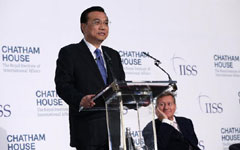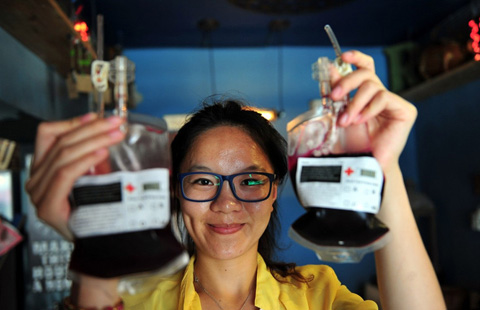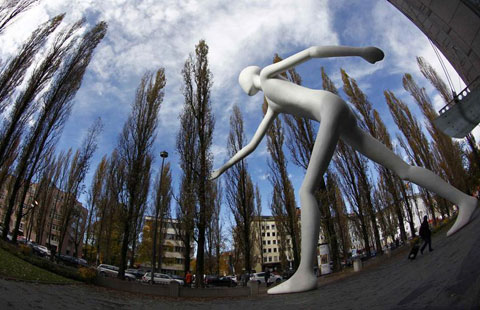China Q2 GDP seen steady at 7.4%, recovery in sight
(Agencies) Updated: 2014-07-07 15:01The comments reinforced market expectations that Beijing would roll out more stimulus measures if needed.
Recent business surveys signal factory activity may be starting to stabilize after an unsteady start to 2014, while the services sector continues to expand strongly.
Still, some economists warn the economic recovery appears patchy, with a cooling property market and high local government debt levels remaining as key risks. Faltering euro zone growth could also keep expected export gains in check.
|
 |
 |
Since April, China has steadily loosened policy by reducing the amount of cash that some banks have to hold as reserves, instructing regional governments to quicken their spending, and hastening the construction of railways and public housing.
And analysts say Beijing is likely to unveil more stimulus measures in coming months if the property sector shows signs of a sharper slowdown which could spillover into the broader economy. New home construction starts are already down by nearly a fifth.
The real estate sector accounts for more than 15 percent of China's economic output and directly impacts 40 other business sectors.
"For the economy to rebound fully, we believe policy continuity, along with further easing, are necessary," Shen Jianguang, an economist at Mizuho, said in a note.
Growth in fixed-asset investment, which is closely tied to the property market, is forecast to have hovered at 17.2 percent in the first six months of 2014. That is unchanged from the rate of growth seen in the first five months of the year as slackening real estate investment drags on overall spending.
In the meantime, analysts believe Beijing will keep monetary conditions accommodative.
The broad M2 money supply measure probably expanded 13.5 percent in June from a year ago, up a touch from May's 13.4 percent. Banks are forecast to have lent 915 billion yuan ($147.57 billion) in June, up from May's 870.8 billion yuan.
Price pressures also likely stayed within the government's comfort zone, giving policymakers room for further easing if required.
Annual consumer inflation is expected to ease to 2.4 percent in June, well below the central bank's 3.5 percent target for 2014, while the producer price index is likely to have dropped 1 percent.
- Chinese premier confident in economic growth
- Merkel's visit to boost China relations
- China, Germany in helicopter, car plant deals
- China Q2 GDP seen steady at 7.4%, recovery in sight
- Shandong to issue 13.7m yuan of municipal bonds
- China's inflation growth forecast to drop
- China signs deal to purchase 100 Airbus helicopters
- 'True blood' thrill for 60 yuan

















